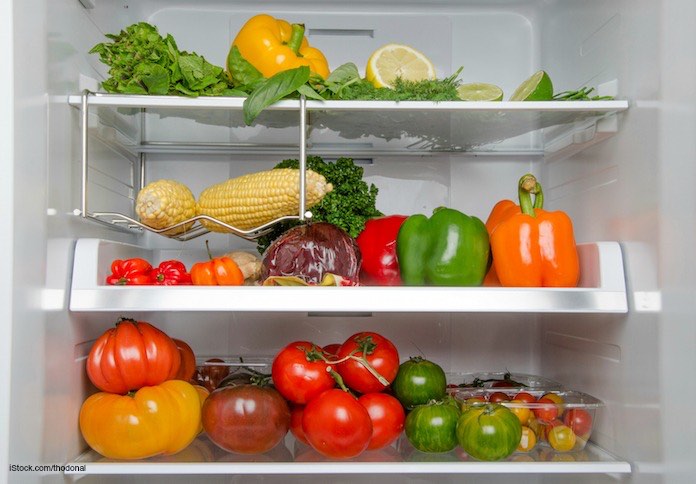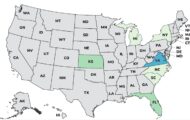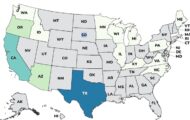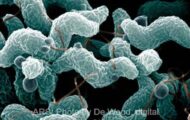Learn how to protect yourself in the wake of cuts to FDA, USDA, and CDC. Today we learned that many scientists and food safety experts have lost their jobs at those agencies. What does that mean to you and your family and how can you protect yourself?

You have always been the final piece of the puzzle for food safety. Contaminated food has always been sold; in fact, the government has allowed chicken to be sold when it is contaminated with a certain level of Salmonella, and recalls often come after people have been sickened by contaminated food. So if you are already following food safety precautions you are ahead of the game.
First of all, always follow the rule of Clean, Separate, Cook, and Chill. Wash your hands before you start cooking. Start with a clean kitchen and utensils. Then keep foods that may be contaminated, such as raw chicken or beef, separate from foods that are eaten uncooked, such as salads and fresh fruits and veggies. Use separate cutting boards for raw meats and fresh produce. And keep them separate in the fridge too.
Then cook food to a safe final internal temperature, using an accurate food thermometer. Learn those temperature by heart: Cook beef to 160°F, cook chicken and turkey, including ground poultry, to 165°F, cook fish to 145°F, cook pork except for ground pork to 145°F with a three minute standing time, and cook bivalves such as oysters until they open. Cook egg dishes to 160°F, casseroles to 165°F, and reheat all leftovers to 165°F.
Finally, chill foods promptly after eating. No food should stand outside of refrigeration longer than two hours, and that time shrinks to one hour if the ambient air temperature is above 90°F. Separate hot foods into smaller containers and get them into the fridge. And if you are eating outdoors, remember that coolers cannot cool food down; they only hold it at a safe temperature for a few hours.
It’s a good idea to avoid eating riskier foods, especially if you are in a high risk group for serious complications from food poisoning, and learn some safer food choices. Avoid raw milk, raw sprouts, and undercooked eggs and beef, especially ground beef.
Then read over Beginning Cooks: Learn About Potentially Hazardous Foods. You don’t need to be scared of those foods; just use the proper precautions when you prepare then and the chances are you will be fine. Fifteen Tips to Avoid Food Poisoning is another good resource.
Finally, learn the symptoms of food poisoning from the most common pathogens, including symptoms of bird flu. If you know what they are, you can get help early before any possible damage can occur.
I hope that you feel empowered after following this advice in the wake of cuts to FDA, USDA, and CDC. And remember that you have always been the final gatekeeper when it comes to food safety and your family. If you have questions, reach out to us!




